Infrastructure
- Home
Infrastructure

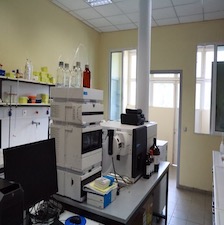
LC/Q-TOF System
LC/Q-TOF System
Existing infrastructure used to implement the action
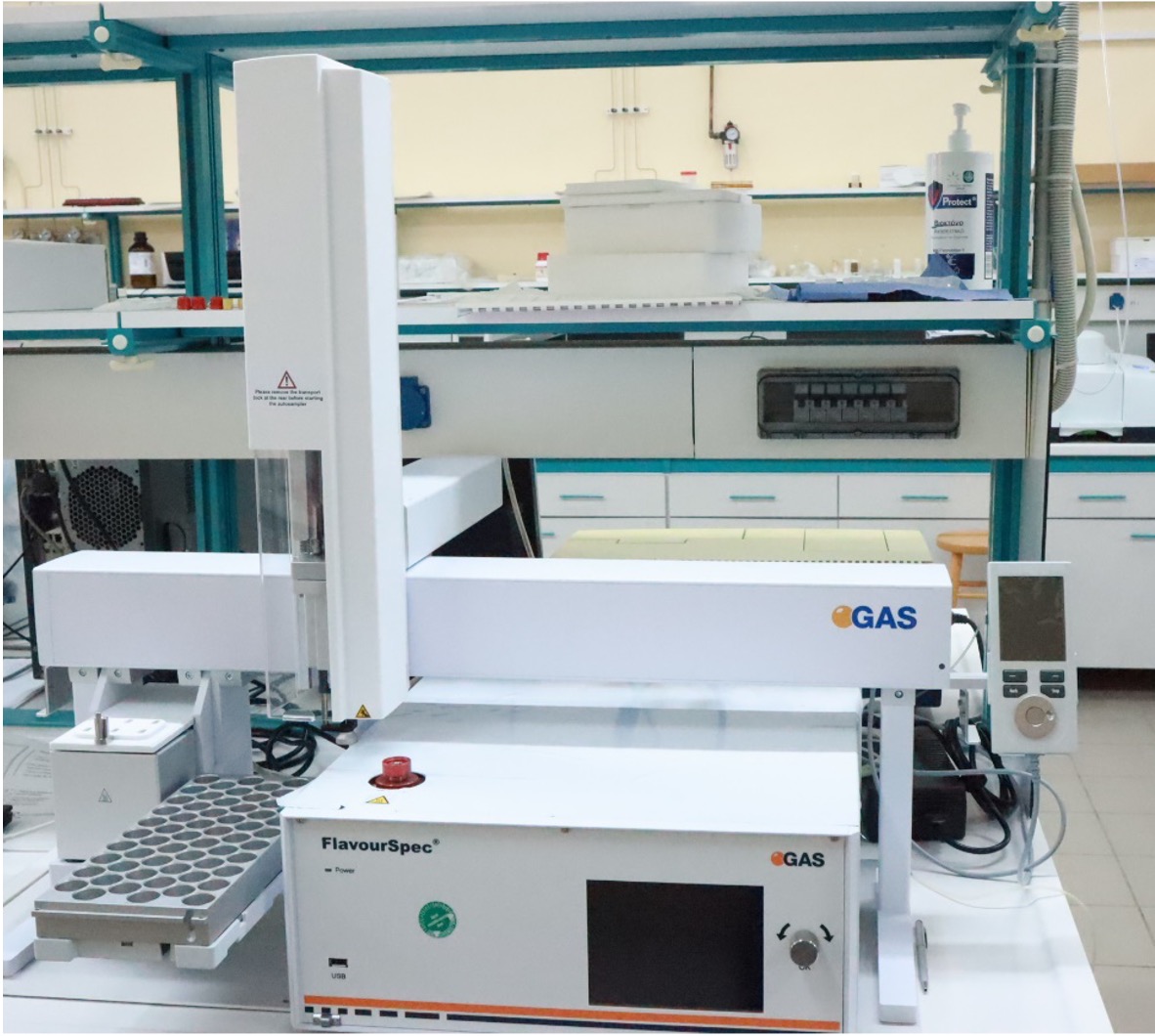
Electronic nose
Existing infrastructure used to implement the action
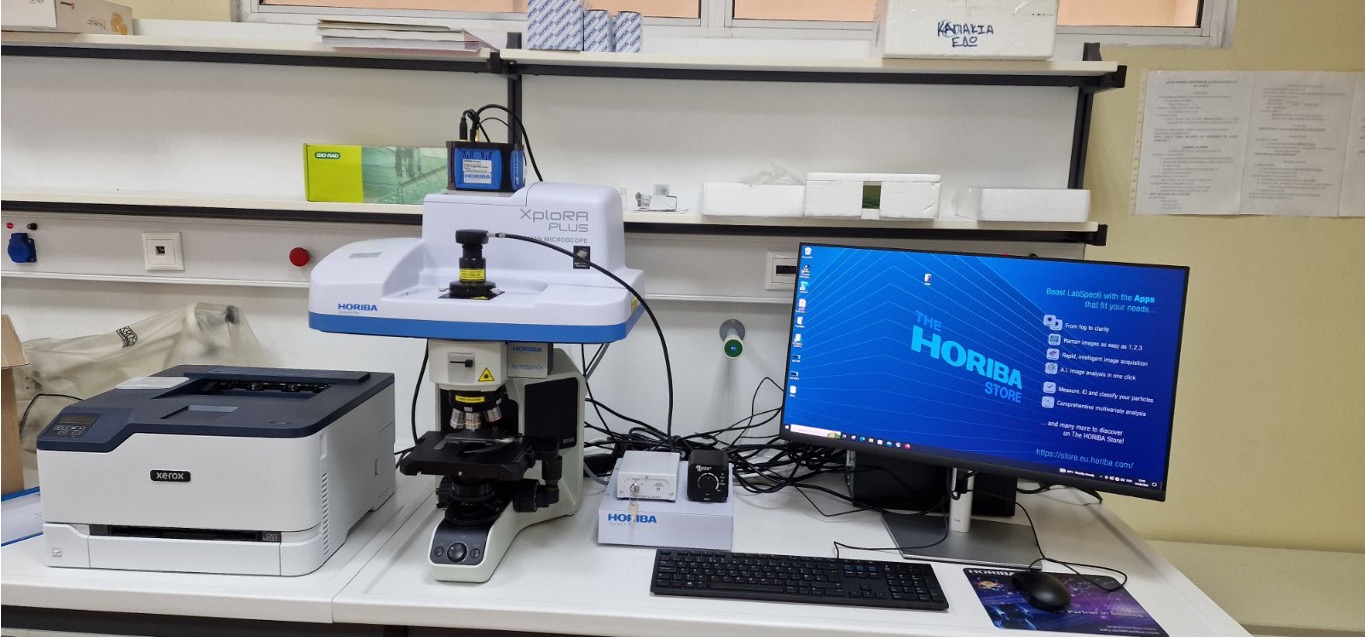
RAMAN spectrometer
RAMAN spectrometer
Existing infrastructure used to implement the action
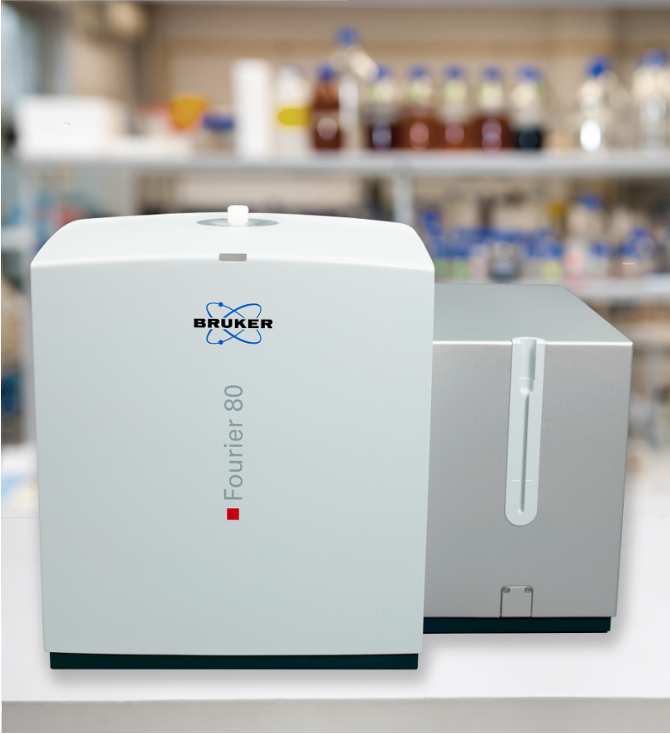
Nuclear Magnetic Resonance (NMR) Spectroscopy System
Nuclear Magnetic Resonance (NMR) Spectroscopy System
Existing infrastructure used to implement the action
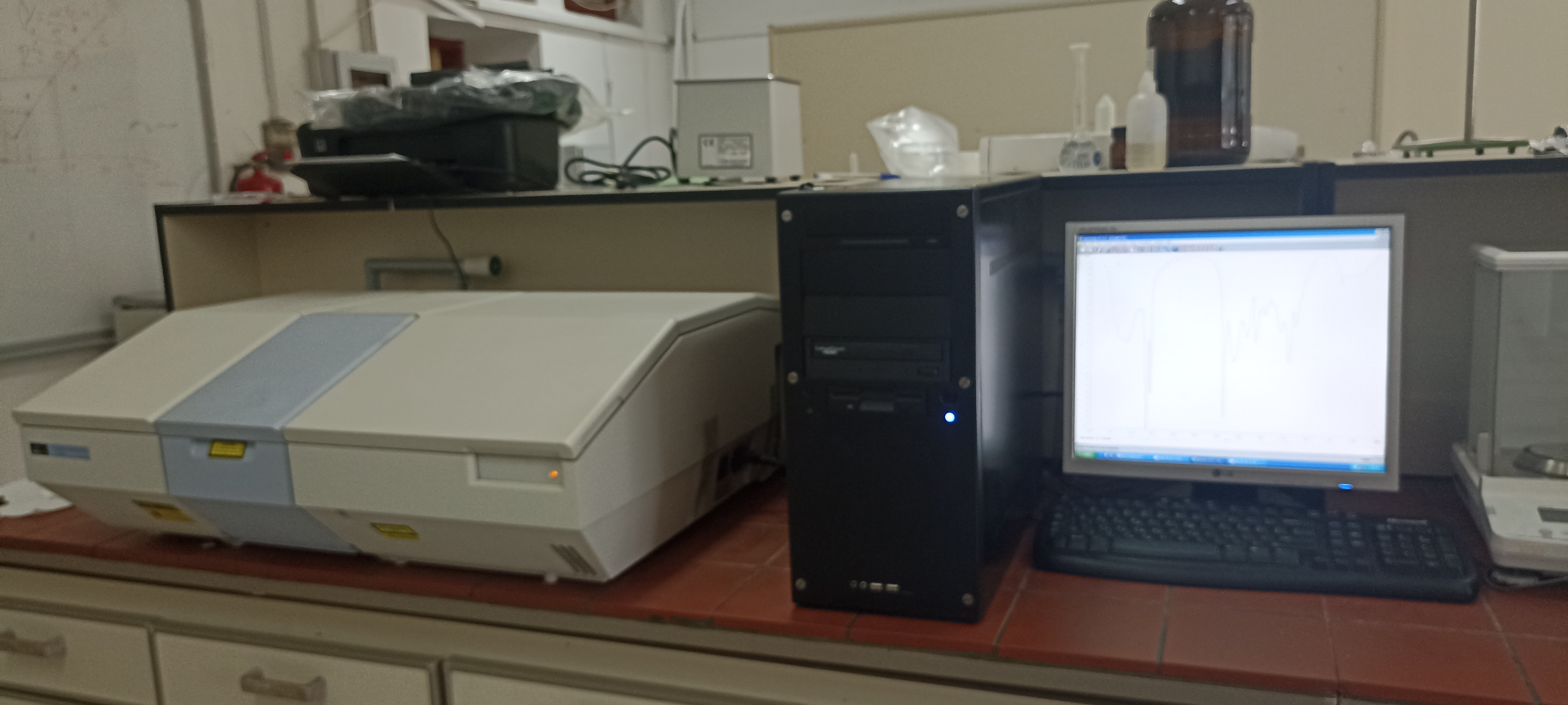

Fourier Transform Infrared Spectroscopy
In general, the infrared absorption spectrum is a fundamental property of every molecule and serves as a fingerprint of the compound and the configuration of its characteristic groups. Because the amount of absorbed energy is proportional to the concentration of the material to be measured, it is possible after calibration to calculate the concentration of a sample. This is done by comparing the intensity and width of a characteristic band with that of a spectrum containing a known concentration of the component in question, provided that the Lambert-Beer law holds.
Existing infrastructure used to implement the action

LC MS/MS triple quadrupole liquid chromatograph
LC MS/MS triple quadrupole liquid chromatograph
Existing infrastructure used to implement the action
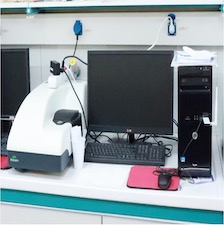
Dynamic Light Scattering (DLS) System
Dynamic Light Scattering (DLS) System
Existing infrastructure used to implement the action

Gas chromatographs with MS, FPD, FID and ECD detectors
Gas chromatographs with MS, FPD, FID and ECD detectors
Existing infrastructure used to implement the action

Gas chromatograph with FID, TCD and ECD detectors
Gas chromatograph with FID, TCD and ECD detectors
Existing infrastructure used to implement the action

Gas Chromatography - Mass Spectroscopy
Existing infrastructure used to implement the action


Cold rooms (refrigerators, freezers and deep freezers)
Existing infrastructure used to implement the action

Brookfield viscometer
Brookfield viscometer
Existing infrastructure used to implement the action

Climate chamber
Climate chamber
Existing infrastructure used to implement the action

High pressure homogenizer
High pressure homogenizer
Existing infrastructure used to implement the action

Ultrapure water production system
Ultrapure water production system
Existing infrastructure used to implement the action
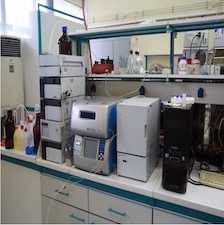
Single-Phase Asymmetric Flow Field Chromatography System (AsFFF)
Single-Phase Asymmetric Flow Field Chromatography System (AsFFF)
Existing infrastructure used to implement the action

HPLC liquid chromatograph with PDA, RI and FLD detectors and post-column derivatization system
HPLC liquid chromatograph with PDA, RI and FLD detectors and post-column derivatization system
Existing infrastructure used to implement the action
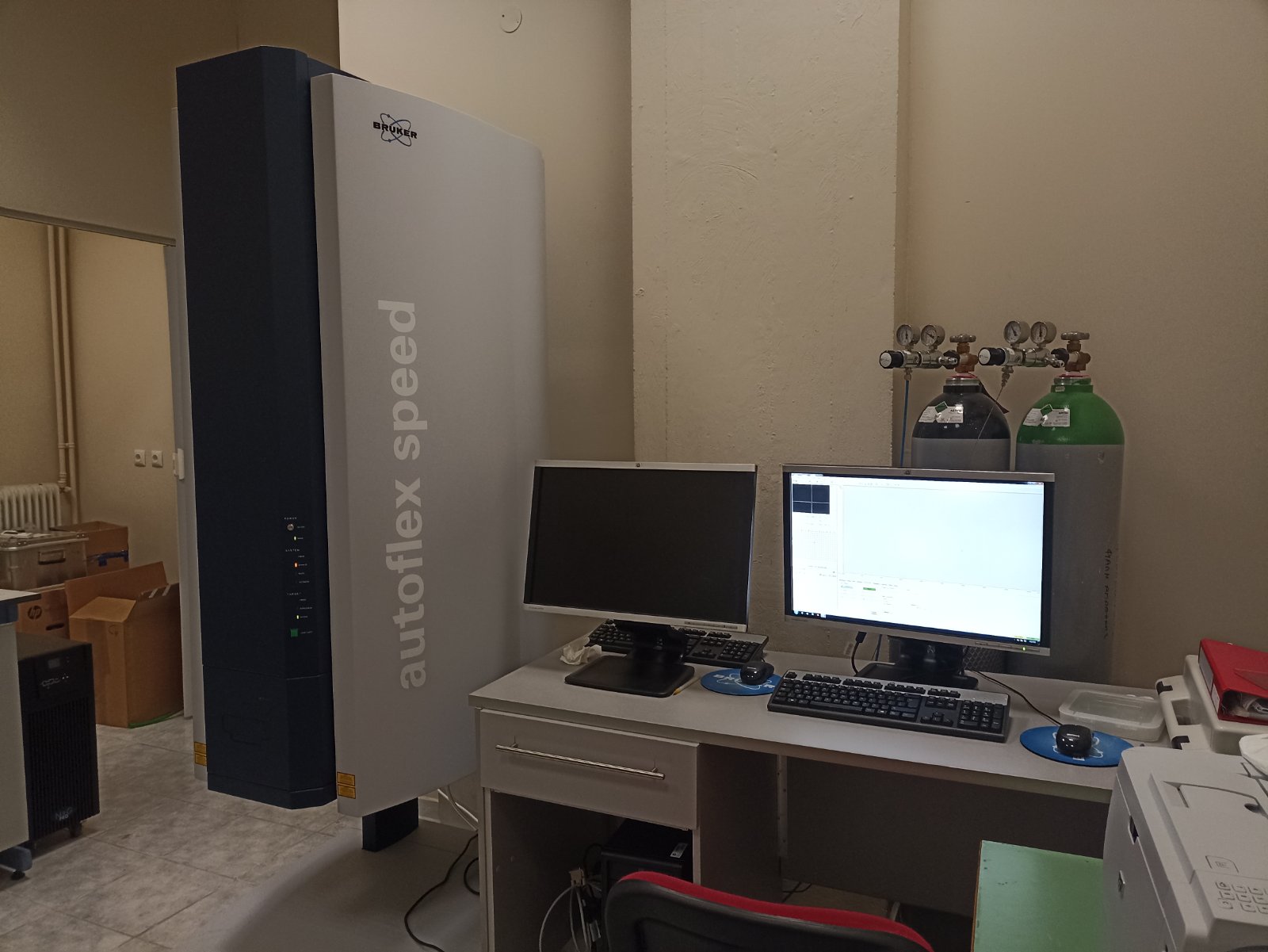
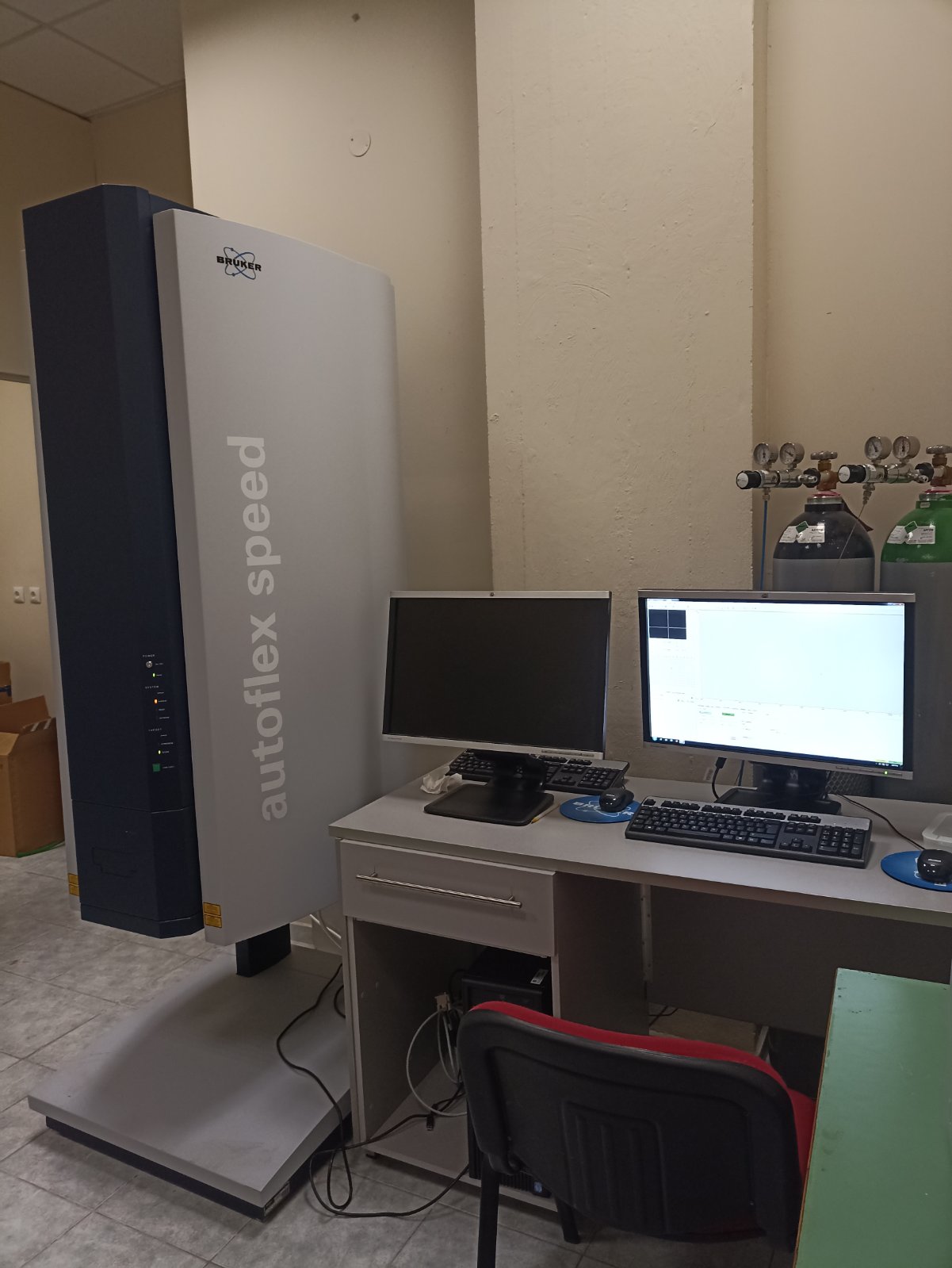
Mass spectroscopy MALDI TOF (Matrix Assisted Laser Desorption Ionization Time of Flight)
In MALDI spectrometry (matrix laser desorption-ionization) protein ions are created and accelerated through an electric field. These ions travel through an acceleration tube, where the smaller ions travel faster and reach the detector first. Therefore, the time of flight (TOF) in the electric field is a parameter dependent on the mass or more precisely on the mass/charge ratio. Minimal quantities of biomolecules of a few picomoles (pmol) to femtomol (fmol) are needed for analysis. The resulting mass spectrum for the proteins under analysis varies between different microorganisms. For the final identification, a comparison is made with the spectra found in reference libraries.
Existing infrastructure used to implement the action
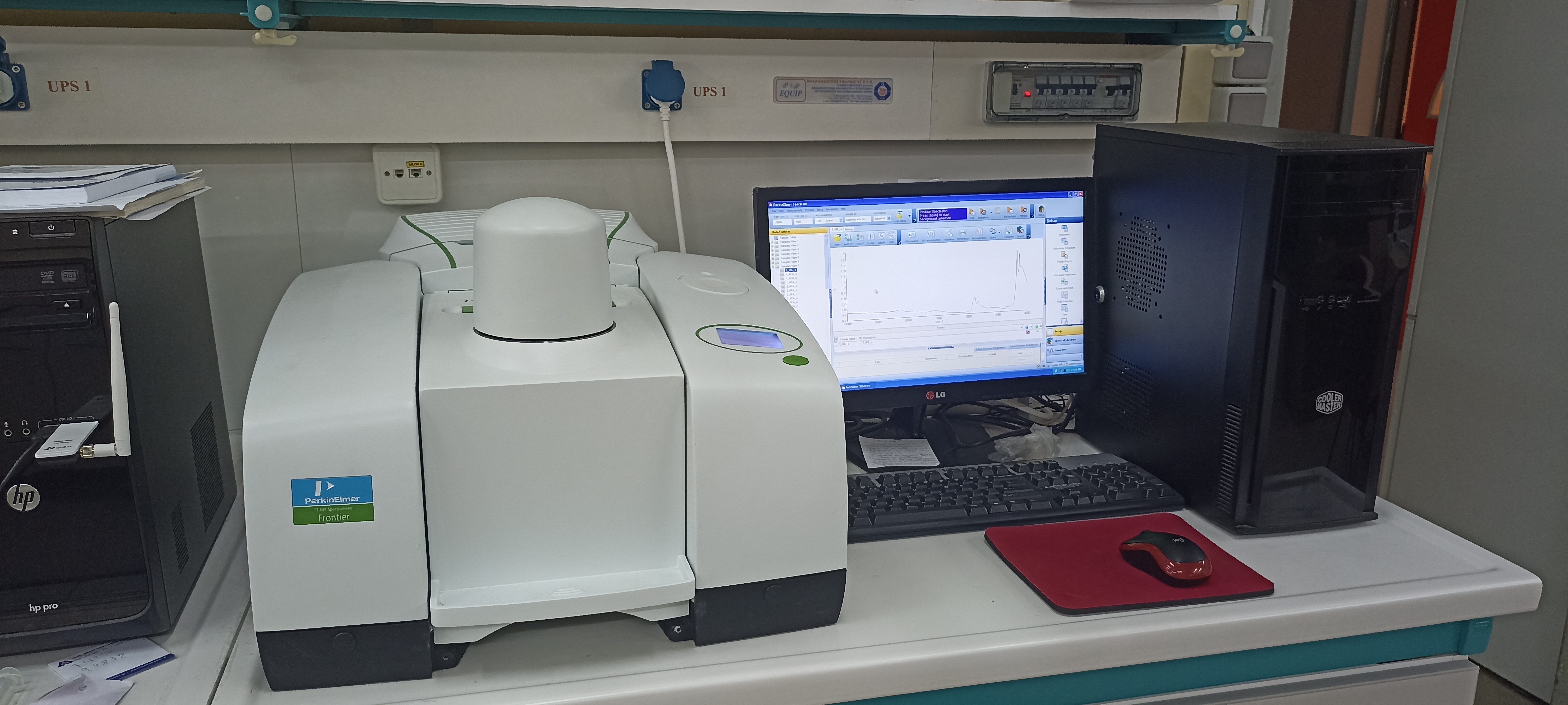

Near Infrared Spectroscopy
Infrared spectroscopy relies on the interaction of matter with infrared light. This interaction causes changes in the dipole moment of the molecule, which is studied by creating vibrations. These vibrations, which appear in an infrared spectrum, can give us the identity of the chemical elements present in the sample. Usually the absorption of light by the sample is measured with respect to frequency, which is expressed by the Beer-Lambert law.
Existing infrastructure used to implement the action